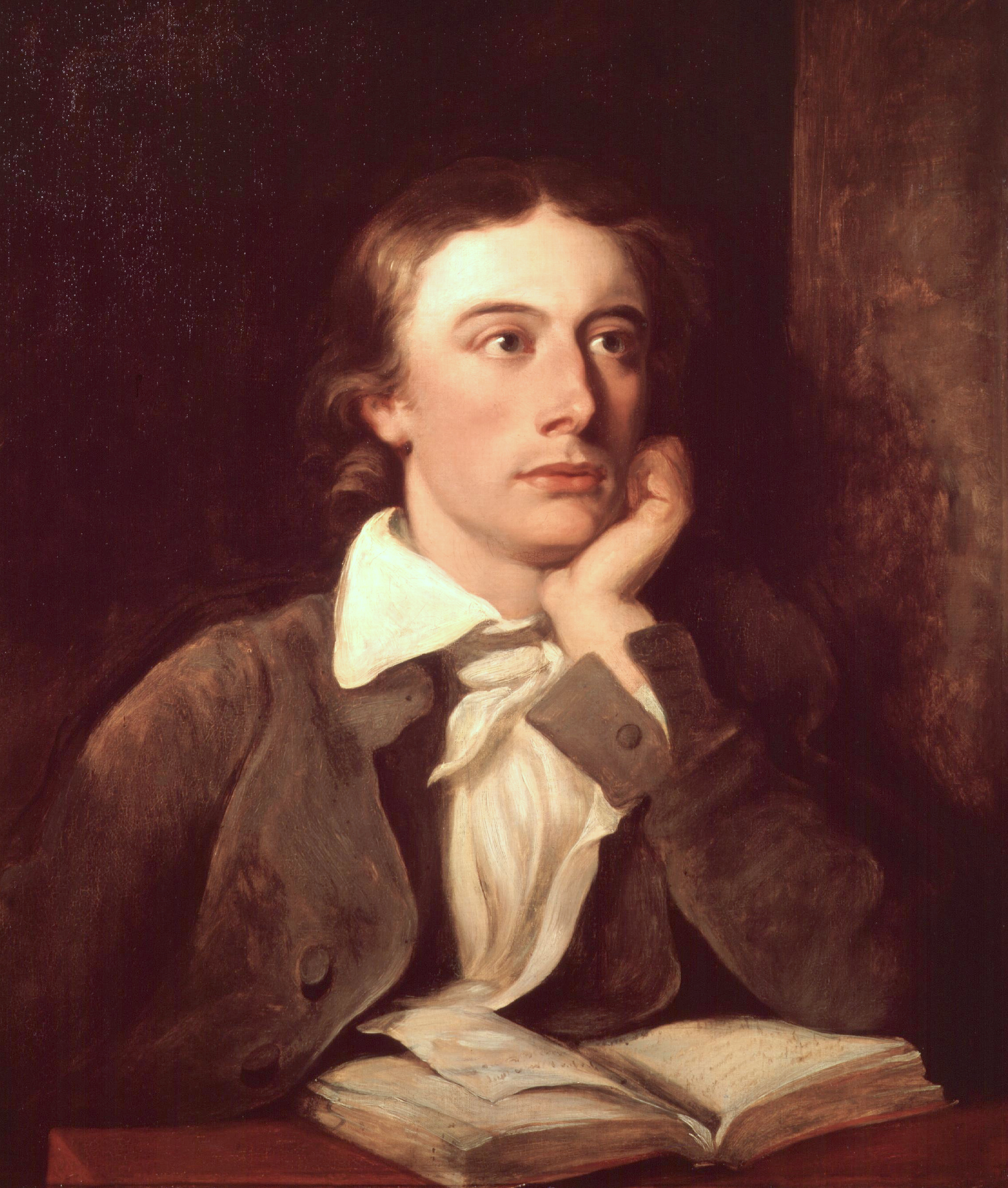Tender is the night. (ang.)
użyte przez F. Scotta Fitzgeralda w tytule jego powieści z 1934 roku.
Źródło: Oda do słowika (1819)
John Keats słynne cytaty
„Rzecz piękna jest radością wieczną.”
A thing of beauty is a joy for ever. (ang.)
Źródło: Endymion, w. 1 (1818)
„Myślę, że po śmierci będę wśród Angielskich Poetów.”
I think I shall be among the English Poets after my death. (ang.)
Źródło: list do George'a i Georgiany Keats (14 października 1818)
„Piękno jest prawdą, prawda pięknem!” – oto
Co wiesz na ziemi i co wiedzieć trzeba.”
Źródło: Oda do urny greckiej (1818–1819), tłum. Zenon Przesmycki (Miriam)
La) Belle dame sans merci. (fr.
tytuł ballady z 1819 roku, zapożyczenie z tytułu wierszowanego dialogu Alaina Chartiera, poety francuskiego.
„Tutaj spoczywa ten, którego imię zapisano na wodzie.”
Here lies one whose name was writ in water. (ang.)
Źródło: epitafium na grobie Keatsa (1821)
John Keats: Cytaty po angielsku
“He play'd an ancient ditty long since mute,
In Provence call'd "La belle dame sans mercy."”
Stanza 33
Poems (1820), The Eve of St. Agnes
“I have nothing to speak of but my self-and what can I say but what I feel”
Letter to John Hamilton Reynolds (August 24, 1819)
Letters (1817–1820)
Letter to Benjamin Bailey (July 18, 1818)
Letters (1817–1820)
Letter to John Hamilton Reynolds (February 19, 1818)
Letters (1817–1820)
" I Stood Tiptoe http://www.bartleby.com/126/2.html", l. 1
Poems (1817)
Stanza 5. The final lines of this poem have been rendered in various ways in different editions, some placing the entire last two lines within quotation marks, others only the statement "Beauty is truth, truth beauty," and others without any quotation marks. The poet's final intentions upon the matter before his death are unclear.
Poems (1820), Ode on a Grecian Urn
“Pleasure is oft a visitant; but pain
Clings cruelly to us.”
Bk. I, l. 906
Endymion (1818)
"I Stood Tiptoe", l. 87
Poems (1817)
“And still she slept an azure-lidded sleep,
In blanched linen, smooth, and lavender’d.”
Stanza 30
Poems (1820), The Eve of St. Agnes
“So let me be thy choir, and make a moan
Upon the midnight hours”
"Ode to Psyche", st. 3
Poems (1820)
"I Stood Tiptoe", l. 10
Poems (1817)
It has as much delight in conceiving an Iago as an Imogen. What shocks the virtuous philospher, delights the camelion poet.
Letter to Richard Woodhouse (October 27, 1818)
Letters (1817–1820)
Letter to John Taylor (February 27, 1818)
Letters (1817–1820)
Letter to John Hamilton Reynolds (February 3, 1818)
Letters (1817–1820)
